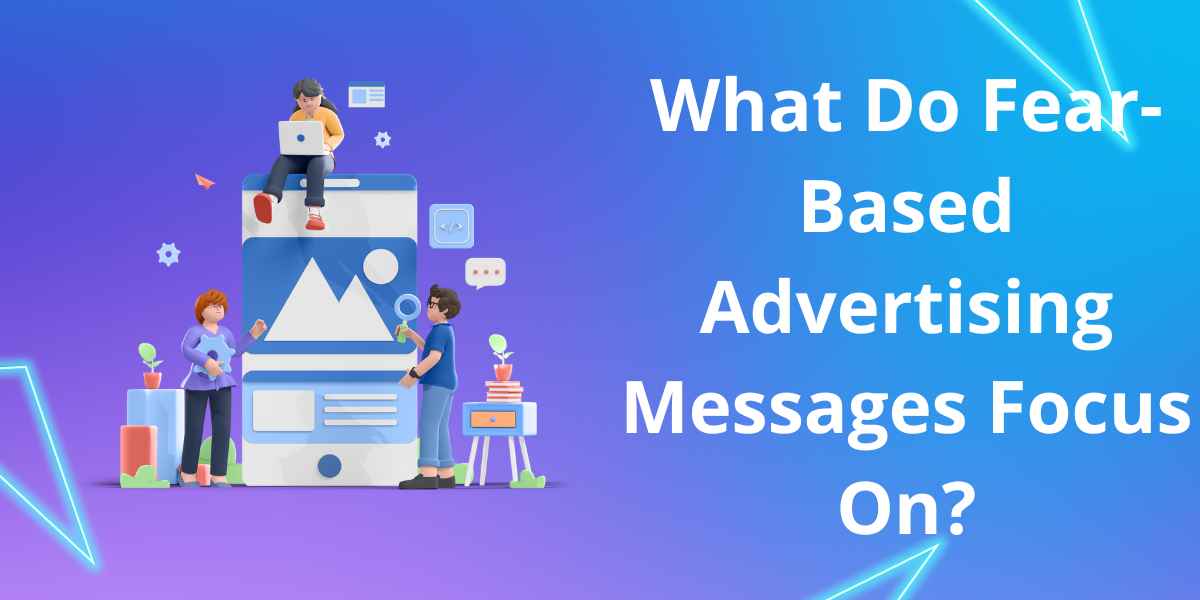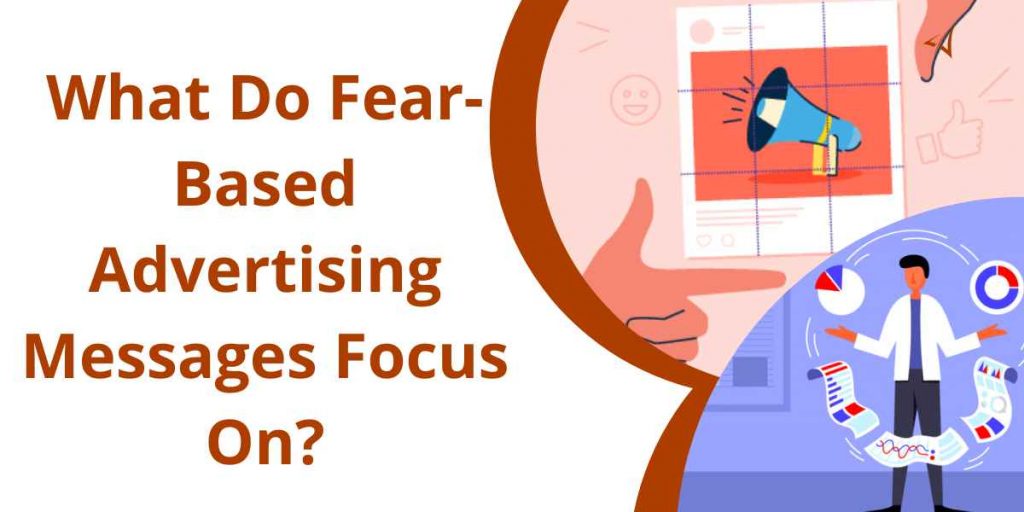What Do Fear-Based Advertising Messages Focus On?

In the world of advertising, it’s all about emotions. From the time you see an ad to the time you make a purchase, ads are designed to elicit a particular emotion in the viewer. And when it comes to fear-based advertising, that’s usually what we see. Fear is a powerful tool, after all. It can motivate us to take action, and it can be used to sell products and services.
In this article, we will explore some of the ways fear-based advertising works and focus on some of the most common messages that focus on this emotion. From product placements to scare tactics, read on to learn more about how fear is used in advertising.
The Research
When we think about advertisements that are designed to scare us, there are a few key things that come to mind. Fear-based advertising messages often focus on negative outcomes such as accidents, disease, or losing our loved ones. They also tend to use exaggerated visuals and sound to create an intense feeling of fear.
One study found that fear-based advertising is more likely to be effective when it targets emotions like anxiety and anger. This is because these emotions can lead us to make decisions that we wouldn’t otherwise make, like spending more money or filling out a form online.
Fear-based advertising also tends to be repetitive. For example, an ad might show a person getting into an accident repeatedly until the viewer feels terrified enough to take action. This kind of repetition can create a sense of dread in the viewer and encourage them to avoid the advertised product or service.

The Messages
Fear-based advertising messages focus on four main fears: the fear of embarrassment, the fear of not being good enough, the fear of being hurt, and the fear of dying. These messages often use scare tactics to try to convince people to buy products or sign up for services.
How Fear-Based Advertising Works
Fear-based advertising campaigns typically try to evoke a feeling of fear in the consumer in order to sell them a product or service. This is done by using scare tactics, such as making exaggerated claims about the dangers of a product, or using frightening imagery to create an intense emotional response.
One example of a fear-based advertising campaign is cigarette advertisements that use images of diseased lungs and cancer patients to scare young people into smoking. Other examples include car insurance commercials that show accidents happening as part of a gruesome chain reaction, and condom ads that focus on the danger of sexually transmitted diseases.
Fear-based advertising can have negative consequences for both the consumer and the company marketing the product. The ads may cause consumers to avoid products they might be interested in, due to fears about their health or safety. This can impact companies’ sales and lead to lower profits. Additionally, fear-based advertising can have a negative effect on consumers’ self-esteem, by making them feel like they are at risk even when there is no real danger.
If You Need To Get More Information Then Click The Below Link.



